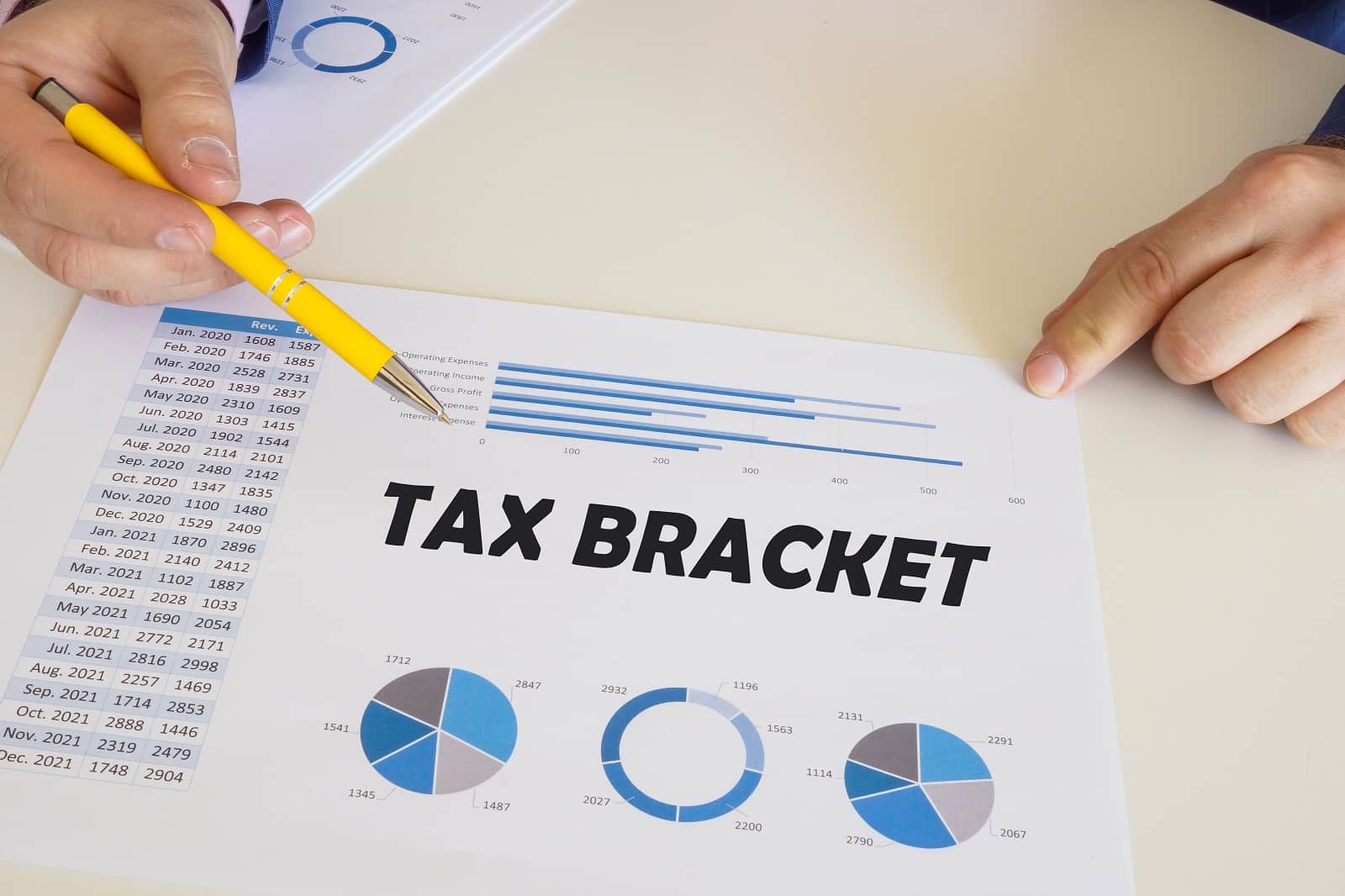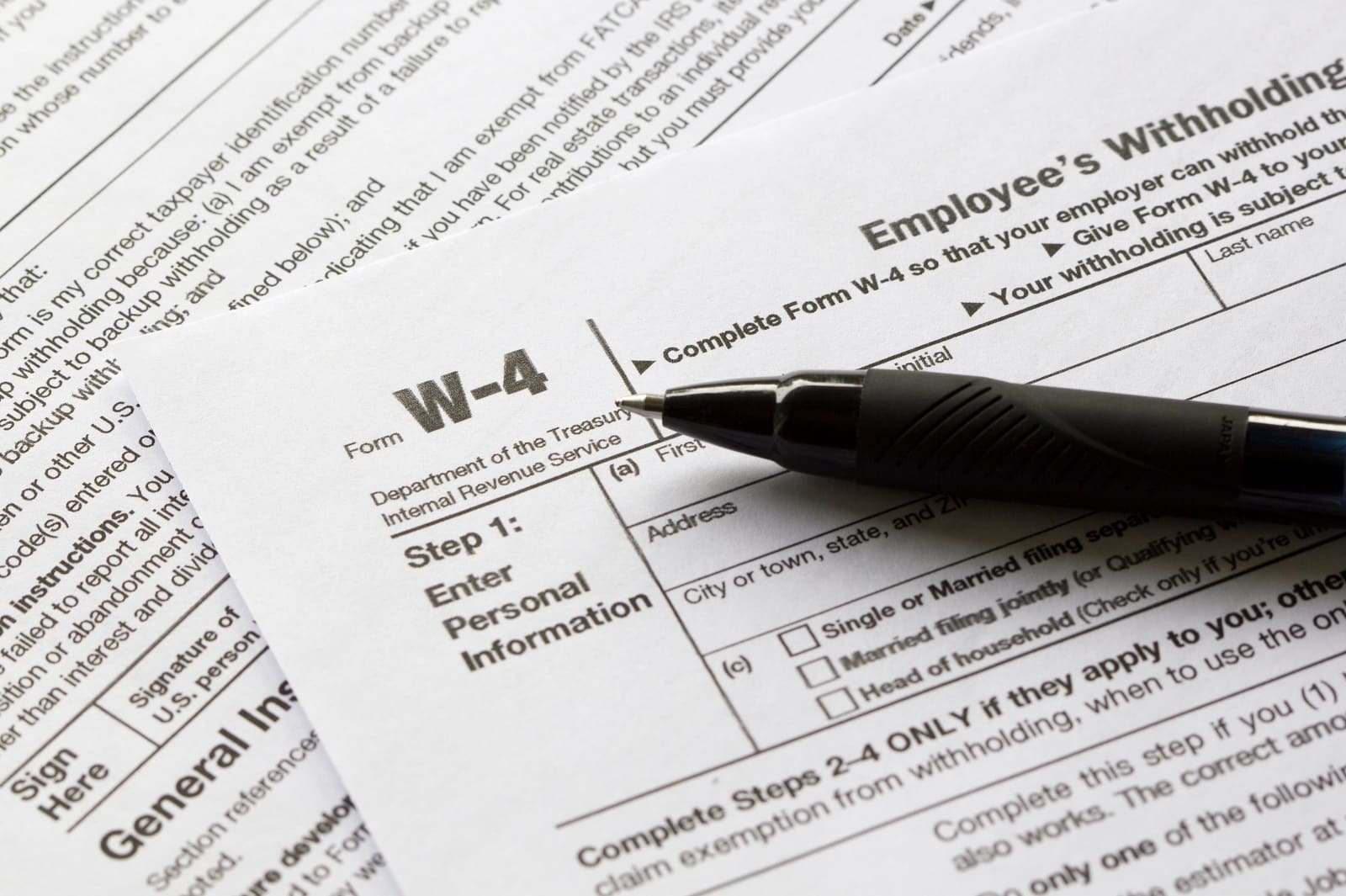As employees relished their year-end bonuses in 2023, the joy was tinged with a realization that the average bonus had dwindled to $2,145 from $2,730 in 2022 and $3,583 in 2019, as revealed by Gusto, a payroll software firm. Here’s the full story.
The Changing Job Market

Year-end bonus checks are now smaller, reflecting the stability of the job market. It suggests employers don’t feel like they need to give out larger end-of-year checks to stop the workforce from leaving.
Companies Tightening Measures

Andrew Challenger, Senior Vice President at Challenger, Gray & Christmas, noted that the close of 2023 witnessed many companies adopting belt-tightening measures, influenced by a sense of “economic softness.”
Numbers Not What They Seem

While Gusto’s report indicated a decline in the number of workers receiving bonuses, a November poll by staffing firm Robert Half presented a different picture.
An Increase on The Cards?

According to the poll, an overwhelming 96% of professional services companies planned to offer year-end bonuses.
Aftermath of Taxes

For those fortunate enough to receive a year-end bonus, there’s a dire warning for those looking for a bigger chunk of salary.
A Warning of Higher Tax Brackets

Samuel Deane, founder of Deane Wealth Management, warned that a substantial bonus, “can potentially push you into a higher tax bracket.”
Employer Choices Matter

Employers can opt for either the percentage method, triggering a flat withholding rate of 22%, or the aggregate method, lumping the bonus into regular paychecks and withholding taxes based on the W-4 form.
Precision in Tax Withholding

Eric Bronnenkant, Head of Tax at Betterment, stressed that withholdings serve as estimates rather than precise figures. The completion of tax returns for 2023 will unveil whether sufficient taxes were withheld, potentially influencing future W-4 adjustments.
Bronnenkant’s Important Reminder

“Remember that withholdings are meant to be an estimate of how much you’ll owe at the end of the year, not the actual tax itself,” Bronnenkant said.
Strategies for Tax Management

Some tax experts have taken the time to advise employees on how to properly manage tax stress, suggesting that deferring would allow you to catch up financially before tax is paid.
Ask Your Employer For Deferral

They suggested collaborating with employers to defer bonus payments until the following year, “If your bonus is typically issued before the new year, ask your employer to delay payout until January,” said financial expert Tiana Patillo.
Maximizing Retirement Contributions

Brian Kearns, a Certified Financial Planner, advised maximizing annual retirement contributions. Individuals with a 401(k) should, “talk to your plan administrator to find out how much more you can contribute,” he said.
Tax-Advantaged Choices

Contributions to Health Savings Accounts (HSAs) offer a tax-advantaged way to lower taxable income. Individuals can contribute HSA funds for 2023 until April 15, generally up to a maximum of $3,850 for an individual and $7,750 for a family.
HSA “The Only Tax-Free” Option

“This is the only true ‘tax-free’ vehicle out there,” said Kearns, “Untaxed going in, untaxed going out, while paying for qualified healthcare expenses.”
Preplanned Strategy A Must

When it comes to deciding how to spend your bonus, Rob Burnette, a Financial Advisor, advocated for having a predefined strategy of debt repayment, emergency savings, and investment choices.
Burnette’s Advice

Burnette said that employees, “should have a strategy in advance for how they are going to use bonuses.”
The First Financial Step

David Oh, Head of Tax and Estate Planning at Arta Finance, recommended prioritizing debt repayment, “Pay down any debts, especially those with a high-interest rate, like credit cards,” he urged.
Emergency Savings Fund

Oh also mentioned the idea of an Emergency Savings Fund, urging employees to “confirm that you have enough emergency savings,” Oh said.
Six-Month Rule

Oh’s general guideline suggested accumulating three to six months’ worth of funds to weather unforeseen financial challenges, “The general rule of thumb is accumulating three to six months’ worth of funds.
Well-Balanced Understanding Needed

Employees must understand the most efficient way to not only file their taxes but also to spend their end-of-year bonus to manage themselves throughout this cost of living crisis.
The post Job Bonuses Hit a New Low According to Latest Study first appeared on Liberty & Wealth.
Featured Image Credit: Shutterstock / Worawee Meepian.
The content of this article is for informational purposes only and does not constitute or replace professional financial advice.
